A look at the first years of Pixar Animation Studios - from the success of "Toy Story" and Pixar's promotion of talented people, to the building of its East Bay campus, the company's relationship with Disney, and its remarkable initial string of eight hits. The contributions of John Lasseter, Ed Catmull and Steve Jobs are profiled. The decline of two-dimensional animation is chronicled as three-dimensional animation rises. Hard work and creativity seem to share the screen in equal proportions.
Related Movies
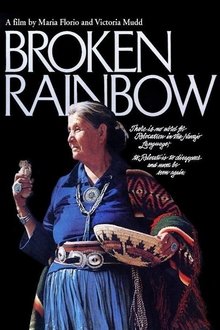
Broken Rainbow (1985)
Documentary chronicling the government relocation of 10,000 Navajo Indians in Arizona.
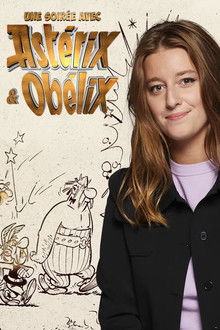
One Night With Asterix & Obelix (2023)
On the occasion of the release of the blockbuster "Asterix & Obelix: The Middle Kingdom", unpublished images of the preparation of the film and the manufacturing secrets, as well as the crazy story of Asterix and Obelix since its origins.
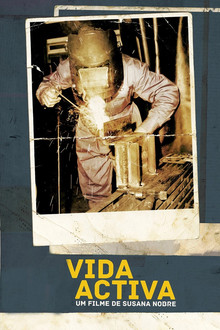
Vida Activa (2014)
New Opportunities were a portuguese education program with a focus on the academic certification of adults who left school early. Applicants will improve their academic degree from the re-elaboration and re-interpretation of his "life experience." These processes motivated workers to reflect on their working conditions, their training, their roots, producing a plurality of views about the school, emigration, the rural world and the universe of employment. Having its protagonists stories as a starting point, the film approches into a reflection about work in the contemporay world. This film was produced over four years work by the film director in a New Opportunities Centre.

Freakonomics (2010)
Some of the world's most innovative documentary filmmakers will explore the hidden side of everything.

Lena (2021)
Follows the story of the beloved and internationally acclaimed Swedish actress Lena Nyman, based on 17 paper bags with diaries that she left behind.
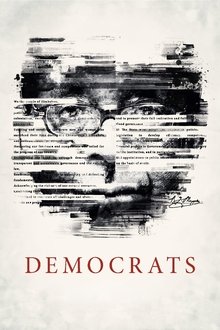
Democrats (2014)
An intriguing look at an authoritarian state on the verge of democratization: how Zimbabwe got a new constitution. Two political enemies are forced on a joint mission to write Zimbabwe's new constitution. The ultimate test that will either take the country a decisive step closer to democracy and away from President Mugabe's dictatorship, or toward renewed repression. In a country with little respect for human rights, impeded by economic sanctions and hyperinflation running rampant, failure is not an option.
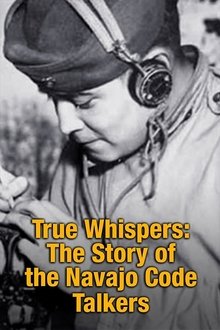
True Whispers (2002)
Exploring the personal and heartfelt story of the Navajo code talkers, this documentary tells the stories of the young Navajo men recruited from harsh government boarding schools into the Marines during World War II. From 1942-1945, the code talkers devised an unbreakable code in their native language and transmitted vital messages in the midst of combat against the Japanese.
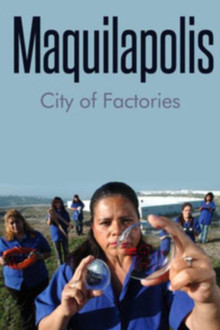
Maquilapolis (2006)
Just over the border in Mexico is an area peppered with maquiladoras: massive sweatshops often owned by the world's largest multinational corporations. Carmen and Lourdes work at maquiladoras in Tijuana, and it is there that they try to balance the struggle for survival with their own radicalization in this documentary.
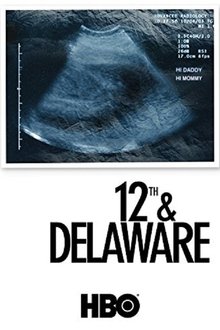
12th & Delaware (2010)
The abortion battle continues to rage in unexpected ways on one corner in an American city.

The Decline of Western Civilization Part III (1998)
A musical study of Los Angeles in the late 90s, where homeless teens roam the streets and profess to live a punk lifestyle of music, drugs, and flouting authority.
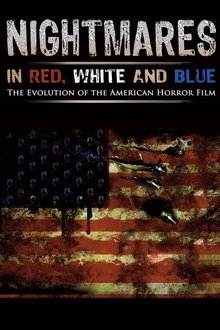
Nightmares in Red, White and Blue (2009)
An exploration of the appeal of horror films, with interviews of many legendary directors in the genre.
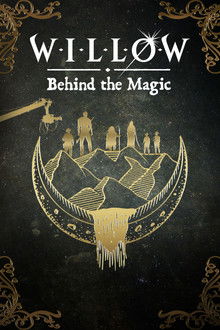
Willow: Behind the Magic (2023)
Featuring the breakout stars from the series and returning legends, this documentary takes viewers behind the scenes for an in-depth look at the making of the hit original series.

j-hope IN THE BOX (2023)
For 200 days, the daily life of artist j-hope is captured. From his production of solo album "Jack in the Box" and listening party, this documentary follows him all the way to his debut on the stage of "Lollapalooza."
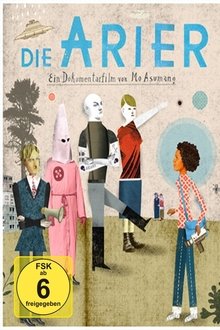
The Aryans (2014)
THE ARYANS is Mo Asumang's personal journey into the madness of racism during which she meets German neo-Nazis, the US leading racist, the notorious Tom Metzger and Ku Klux Klan members in the alarming twilight of the Midwest. In The ARYANS Mo questions the completely wrong interpretation of "Aryanism" - a phenomenon of the tall, blond and blue-eyed master race.

BTS Love Yourself : Speak Yourself [The Final] (2022)
The finale of the LOVE YOURSELF Tour attended by 2.06 million people through 62 concerts in 24 cities around the world, spectacular performances and special effects that filled the Seoul Jamsil Olympic Stadium and the live atmosphere of the last day of the LOVE YOURSELF Tour.

King of the Cruise (2019)
A rich and extravagant Scottish Baron spends his time on outrageous cruise ships amongst romantic couples, wealthy families, hardworking staff and retired elderly. A floating micro-society appealing to some, revolting to others.
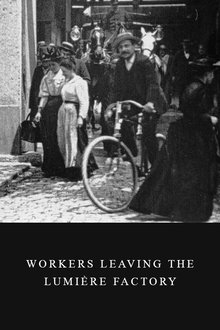
Workers Leaving the Lumière Factory (1895)
Working men and women leave through the main gate of the Lumière factory in Lyon, France. Filmed on 22 March 1895, it is often referred to as the first real motion picture ever made, although Louis Le Prince's 1888 Roundhay Garden Scene pre-dated it by seven years. Three separate versions of this film exist, which differ from one another in numerous ways. The first version features a carriage drawn by one horse, while in the second version the carriage is drawn by two horses, and there is no carriage at all in the third version. The clothing style is also different between the three versions, demonstrating the different seasons in which each was filmed. This film was made in the 35 mm format with an aspect ratio of 1.33:1, and at a speed of 16 frames per second. At that rate, the 17 meters of film length provided a duration of 46 seconds, holding a total of 800 frames.

Olympia Part One: Festival of the Nations (1938)
Starting with a long and lyrical overture, evoking the origins of the Olympic Games in ancient Greece, Riefenstahl covers twenty-one athletic events in the first half of this two-part love letter to the human body and spirit, culminating with the marathon, where Jesse Owens became the first track and field athlete to win four gold medals in a single Olympics.
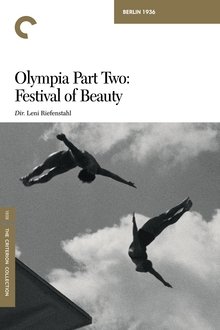
Olympia Part Two: Festival of Beauty (1938)
Part two of Leni Riefenstahl's monumental examination of the 1938 Olympic Games, the cameras leave the main stadium and venture into the many halls and fields deployed for such sports as fencing, polo, cycling, and the modern pentathlon, which was won by American Glenn Morris.
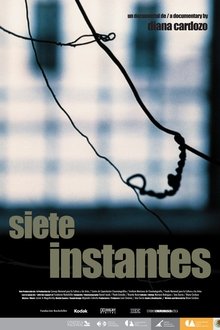
Seven Moments (2008)
Is the story of women that were guerrilleras in Uruguay at the beginning of the 70's. Under an intimate focus, the film shows the moments of decision and the personal crossroads that it involve. The documentary search the experience and the look of common individuals in exceptional situations and goes to the bottom of the load of tensions, fears, contradictions and personal costs that those labor instants of the History have.